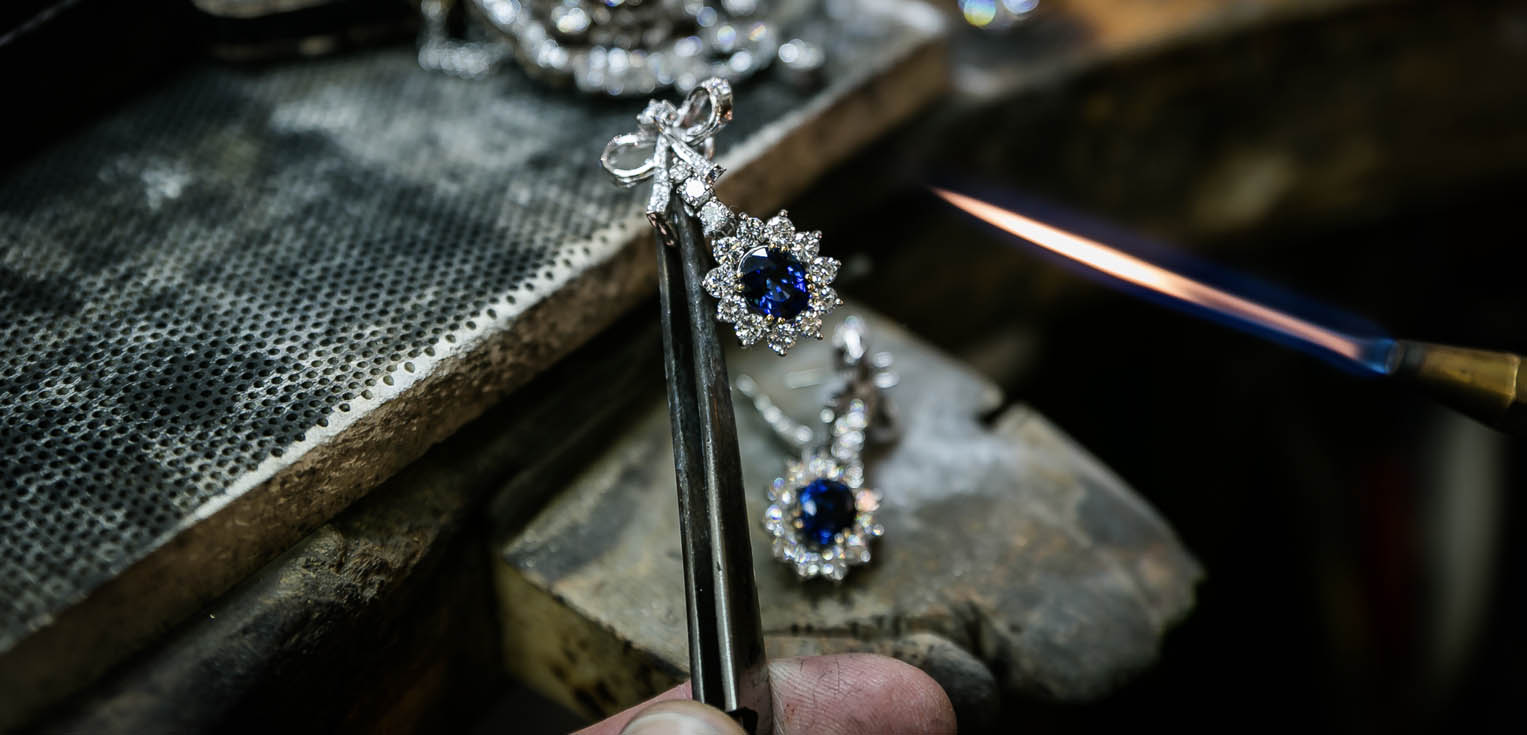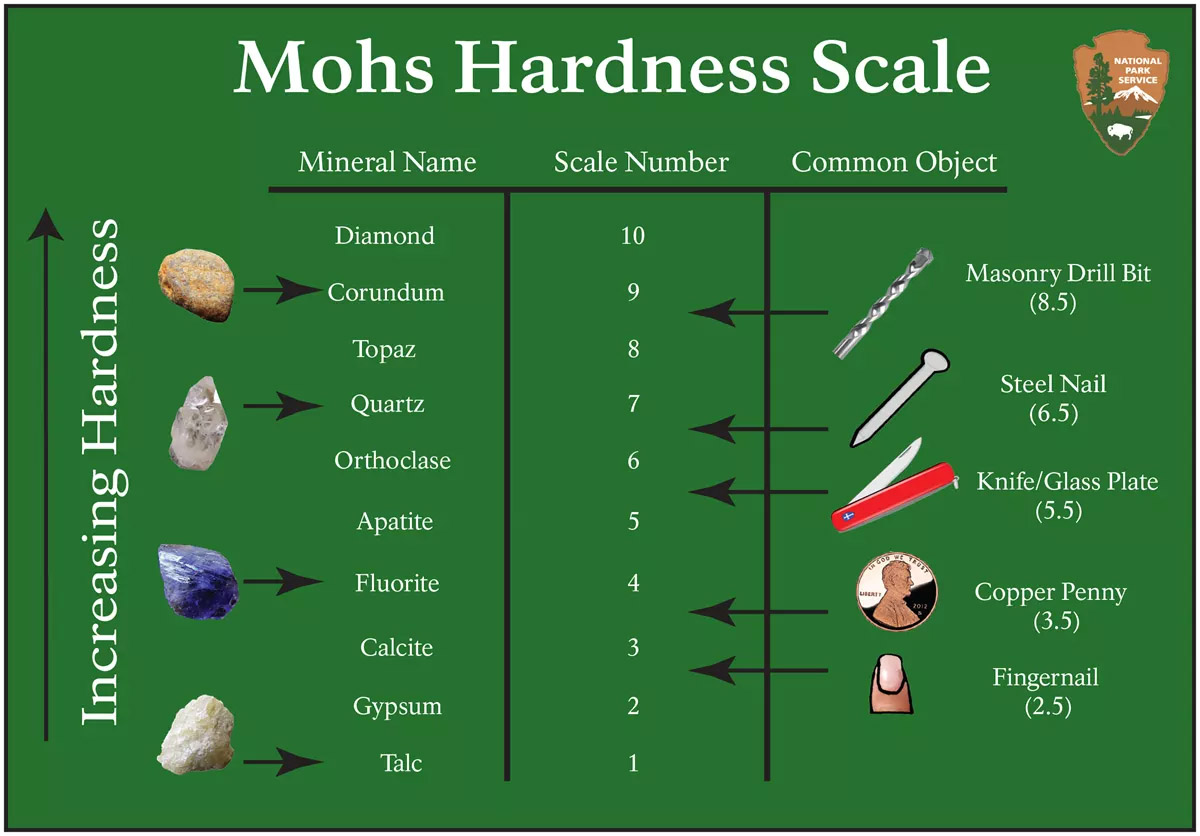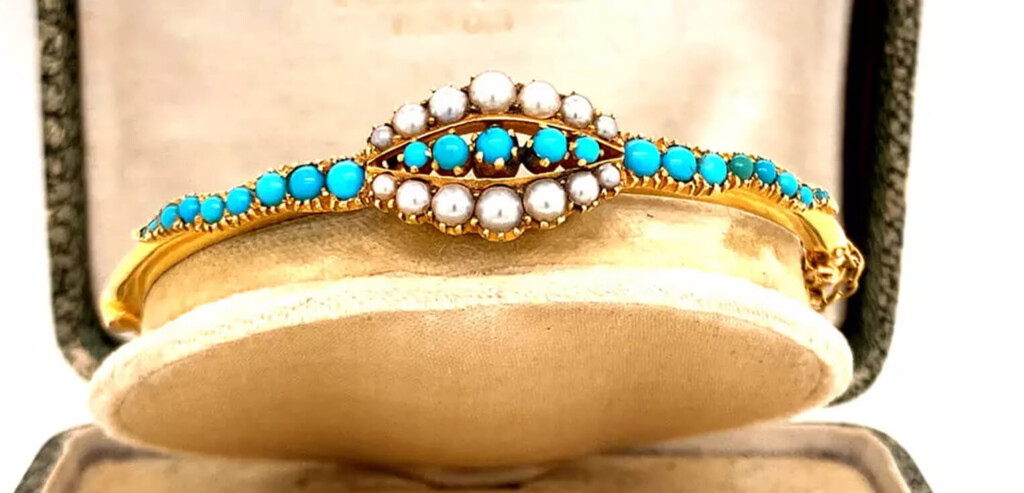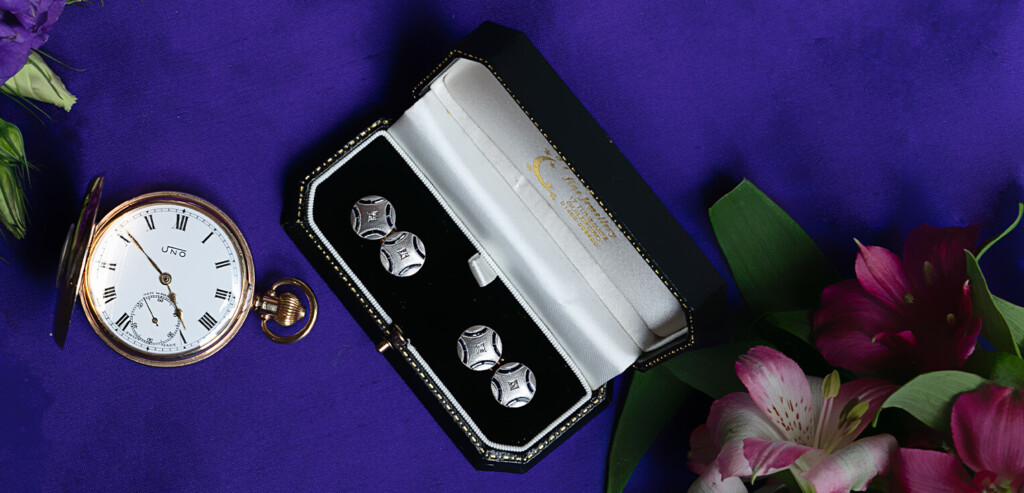As the nights draw in, we’re starting to talk about the latest addition to the list of December birthstones; tanzanite. This beautiful dark blue gemstone has a fascinating history and a one-of-a-kind light-refracting structure that really makes it stand out from the crowd. Read on to find out what makes it so unique, and how it became an instant hit with the public when it first appeared in shops in the mid-20th century.
What is tanzanite?
Tanzanite is a relatively new gemstone to come to the market, having only been discovered for the first time in 1967. Its popularity quickly grew, and in 2002 it was added as a birthstone for December, joining the original birthstone of turquoise, and the existing alternate option of zircon. It was the first gemstone to be added to the official list of birthstones since the list was standardised in 1912.
Colour of tanzanite
It’s not difficult to see why tanzanite is so popular, with its rich deep blue and purple tones. It’s the only trichroic stone in existence, meaning that in its rough form, it gives off three different colours from each of its crystallographic axes: blue, violet, and even flashes of red.
The depth of colour of the tanzanite is one of the main factors in determining its value. The darker and richer the blue, the more valuable the piece is considered to be. Whilst the paler blues are still sought after, it’s the rich sapphire tones that are most highly prized.
With so many colour variations, tanzanite would be a fantastic addition to any outfit, highlighting and bringing out any cool blue and purple tones, whilst also complementing the contrasting warm oranges and yellows. Its rich hues and unusual structure will surely be a talking point at any special occasion, so its perfect for weddings, award ceremonies, garden parties, or anywhere it will be able to catch the light. Worn in different lighting, it may appear a completely different colour throughout the day and evening, making it a unique and intriguing addition to engagement rings, necklaces, earrings, or bracelets.
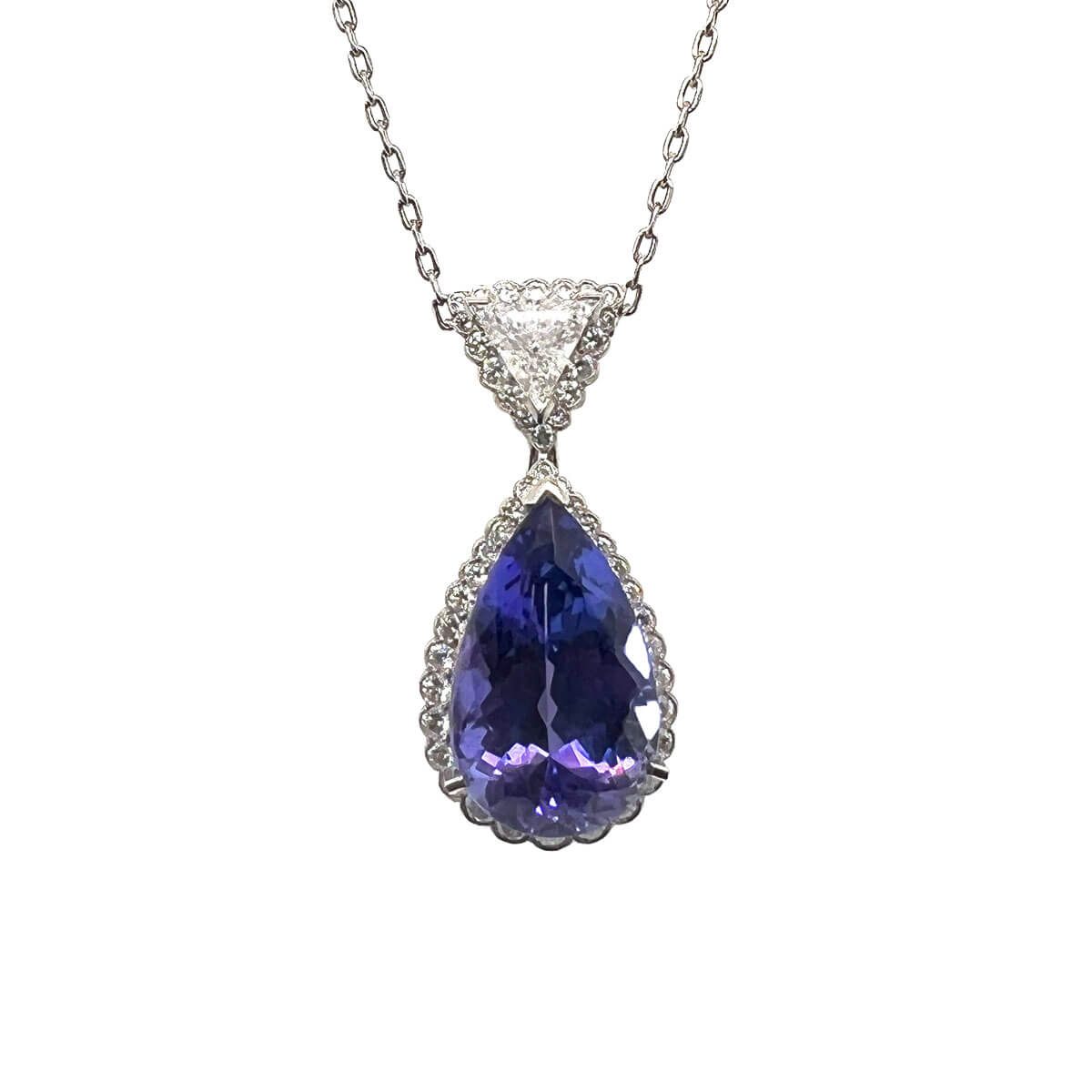 |
Pear Shaped Tanzanite & Diamond Pendant£18,150 |
History of tanzanite
Tanzanite is one of the rarest gemstones available today, due to the fact that it is only found in one specific area of Tanzania. As a result, reserves will deplete quickly, with geologists estimating that the supply will run out completely within a decade, so it’s become known as a “one-generation gemstone”.
It was first discovered in the foothills of Mount Kilimanjaro by local Maasai tribesmen, who were said to be searching for grass for their cattles after a bush fire, when they noticed the shiny blue stones on the ground. They took some to a local trader who didn’t know what to make of it. At first they believed it to be a sapphire, so they were confused when they noticed the glints of pink and red. A sample was taken to Tiffany’s in New York, who quickly negotiated a deal to become the main distributor of this exciting new product, which they termed “the loveliest blue gemstone discovered in over 2000 years”.
Most gemstone deposits are mined by small artisanal companies, but tanzanite is one of the few that has attracted a multinational conglomerate in the form of Tanzanite One. In 2005, they were listed in the Guinness Book of Records for finding the largest piece of rough tanzanite stone which measured 16,839 carat (3.38 kg, or 7.46 lb).
Structure of tanzanite
Alongside the unusual crystalline axis which leads to the tri-colour effect, tanzanite is denser and weighs more than diamonds, so a 1 carat tanzanite would actually be a slightly smaller stone than a 1 carat diamond. Even though it’s rarer than diamonds, it’s also much less expensive, due to the ongoing popularity of diamonds for all kinds of jewellery and the subsequent tightly controlled structure of the supply.
Whilst tanzanite can be worn every day, it is a relatively soft stone, only ranking around 6 to 7 on the Mohs scale (compared to sapphire’s rating of 9) so it can be susceptible to damage in certain environments.
The cut of the stone is also an important factor for tanzanite, and a quality cut can cause a large disparity in the value of the stone. If the desired shape is cut slightly too large, there will be a significant weight discrepancy which could considerably push up the cost. If cut too shallow, the clarity of the stone will be adversely affected and lose some of its brilliance and sparkle in certain light refractions.
Who is tanzanite for?
Anyone can wear tanzanite, and it’s been spotted being worn by celebrities from Beyoncé to Cate Blanchett. The large blue heart necklace worn by Kate Winslet in the 1997 movie Titanic is also rumoured to be made from tanzanite, and represents ‘the heart of the ocean’. Astrologically, it’s been said to be particularly relevant to Pisces and Aries, and as a December birthstone, it would add a personalised touch to anyone whose birthdays fall within these windows.
If you’re looking for a cheaper alternative to sapphire, whilst still getting something special and unique, tanzanite jewellery is the perfect option. The mesmerising shifts in colour offer an unusual alternative look, ideal for people with a varied wardrobe or who would enjoy owning a quirky, contemporary, and modern piece with a fascinating history.
If that sounds like you, or someone you’re looking to buy a gift or engagement ring for, contact the team at Cry for the Moon now to discuss how we might be able to help you find that perfect piece.

